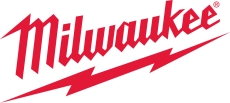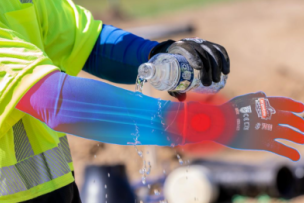Arc Flashes – they’re brighter and hotter than the sun, louder than a jet, and capable of creating arc blasts that could send metal debris flying at over 700 miles per hour. Determining the maximum energy associated with an arc flash requires complex calculations and advanced computer programs – and even then, experts still disagree on the actual explosive capabilities of an arc flash when applied to an actual jobsite setting There is one thing all experts will agree on, though – it’s extremely hazardous to be anywhere near an arc flash when it occurs.
Electric arcing can produce temperatures as high as 35,000°F – nearly four times as hot as the surface of the sun. Even though this intense heat can last for just a fraction of a second, it’s enough time to cause severe burns, potential hearing loss, blindness, skin damage from blasts of molten metal and copper, lung damage and blast injuries from shrapnel, and even death.
All of this is why the Occupational Safety and Health Administration (OSHA®), the Institute of Electrical and Electronics Engineers (IEEE), and the National Fire Protection Association have drawn up three major industry standards associated with arc flash:
- OSHA 29 Code of Federal Regulations Part 1910 Subpart S
- NFPA 70E
- EEE Standard 1584
NFPA 70E in particular has been influential in directing safety related practices and maintenance requirements for jobsites that have the potential of arc flash incidents.




max_efficiency_thumb.png?itok=_OhRZeS3)




Talk to Us!
Leave a reply
Your email address will not be published. Required fields are marked *